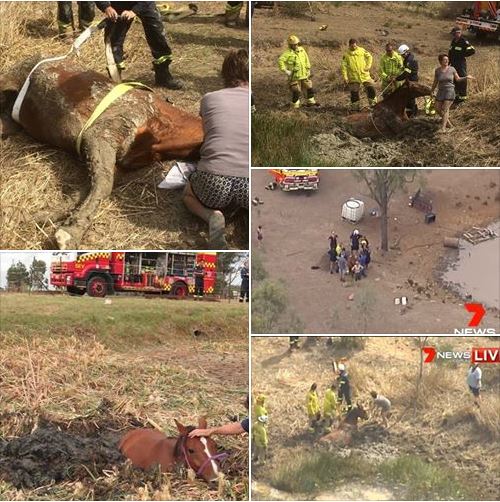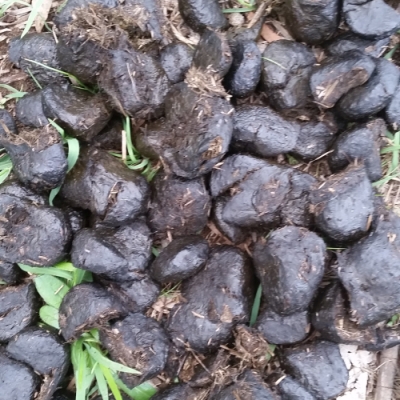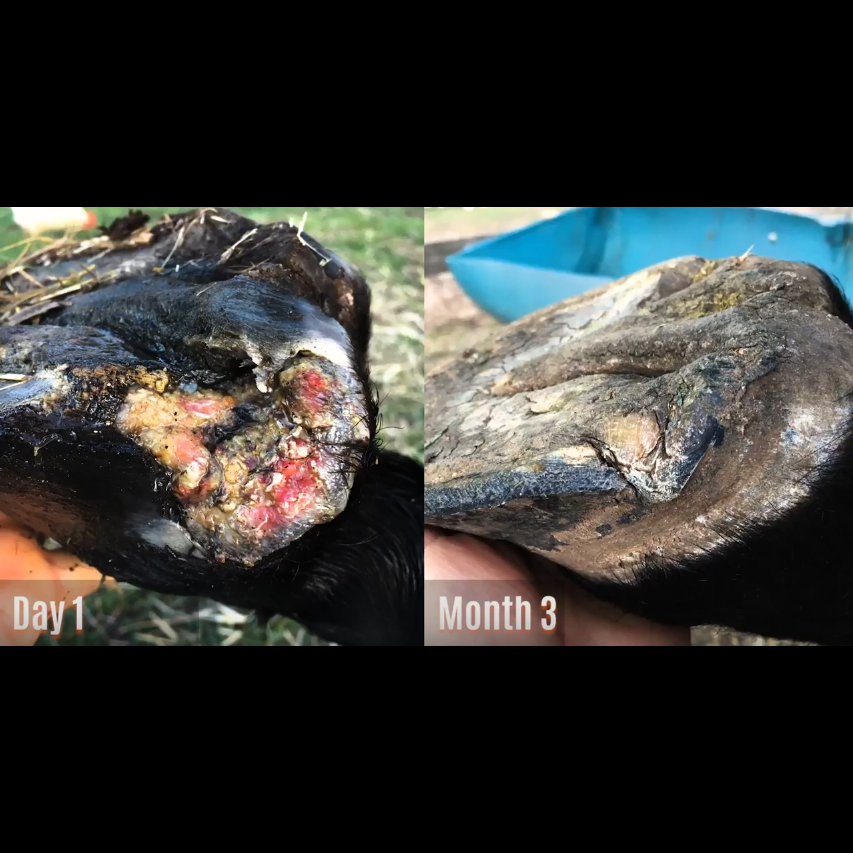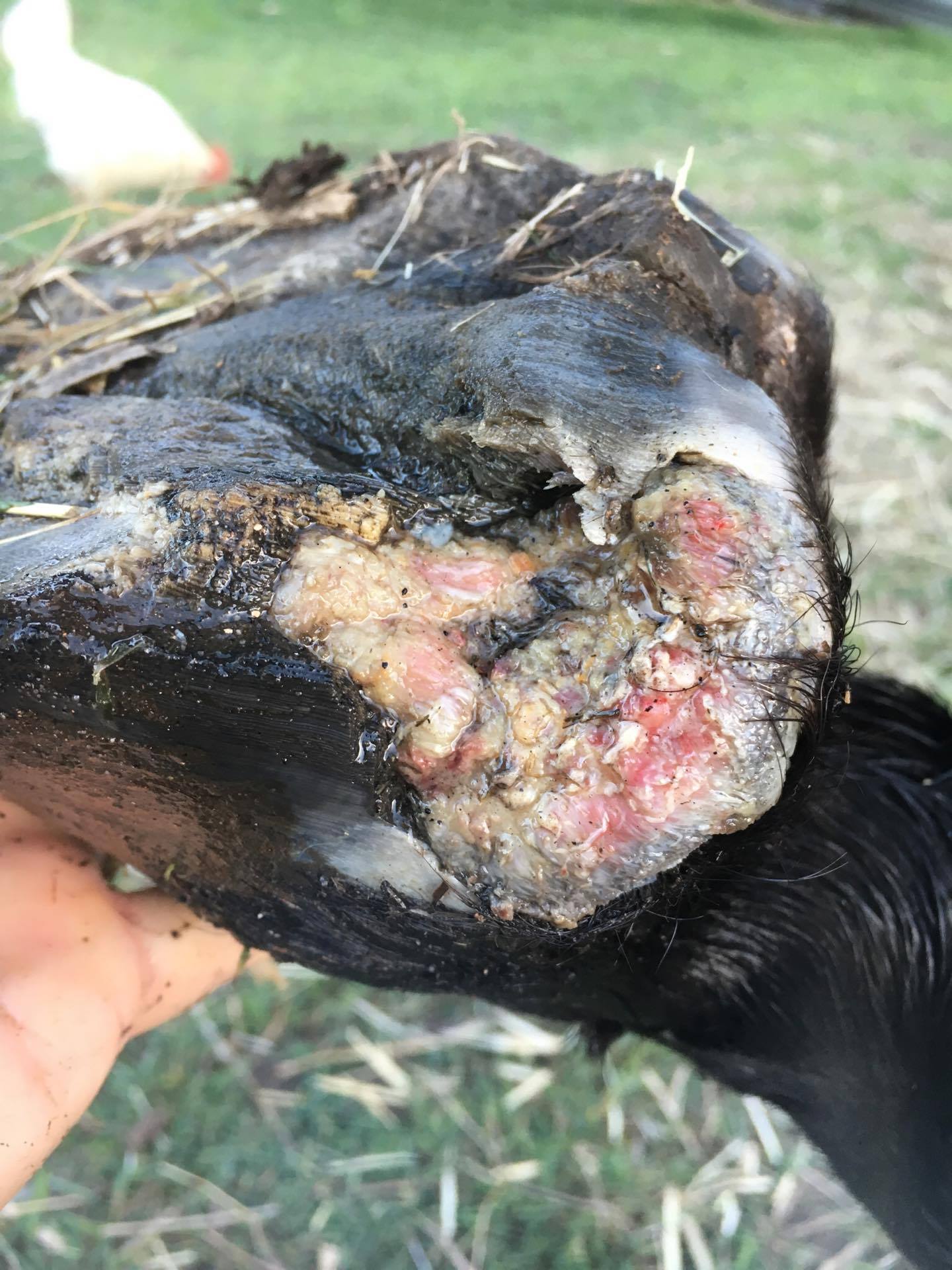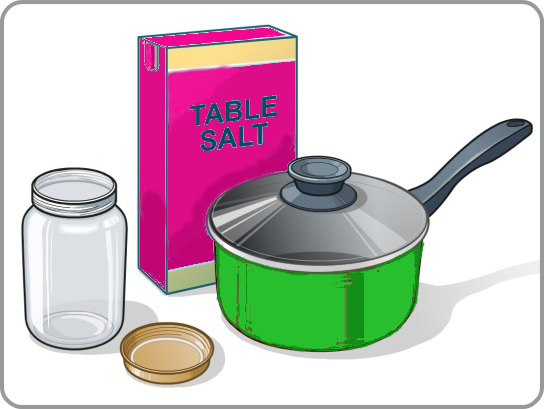When you spot the swollen eye on your horse, and your heart sinks as you wonder what they have done, this is an effective and gentle way to clean and soothe the eye as you assess what needs to be done next.
This is the simplest method we’ve found to bathe the eye.
A step ladder can be useful during this process for taller horses, or ones that like to have their heads up in the air. A helper to hold the horses head can also be useful.
Wash hands well to disinfect, then do a final rinse with a little Colloidal Silver before touching the eye.
Dribble a little silver into the cup of the hand that best fits to the eye to be flushed and gently touch under and around the eye to make the surface wet. This may need to be repeated several times until the horse realises that it’s not going to hurt.
Then leave the hand in place cupped around the eye and start to fill the cup of the hand as full as possible to provide a “bath” of liquid that covers the eye socket. Hold for as long as possible, then let drain away. Refill the cupped hand and drain several times.
During this time, the horse will blink a number of times, allowing the Colloidal Silver to coat the eye, and flush out any debris that may be causing irritation. The eye socket will also have been soaked nicely with the silver which will begin to reduce the inflammation.
It’s recommended to put a dark mesh fly veil on once the flush is complete to keep out as much dust as possible. It’s also possible that the swollen eye will be sensitive to the sunlight, so the dark mesh will help give relief from this.
Note: If there is clear damage to the eye, then it’s important to call your vet immediately.
